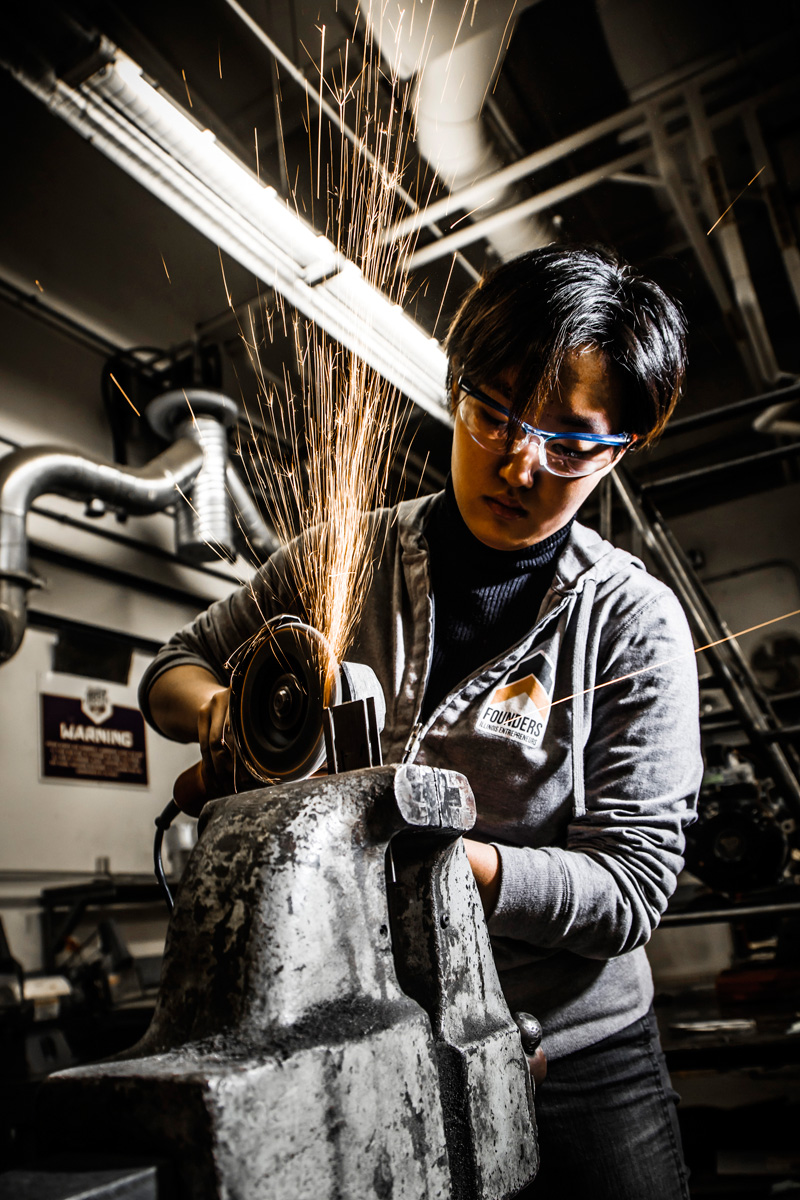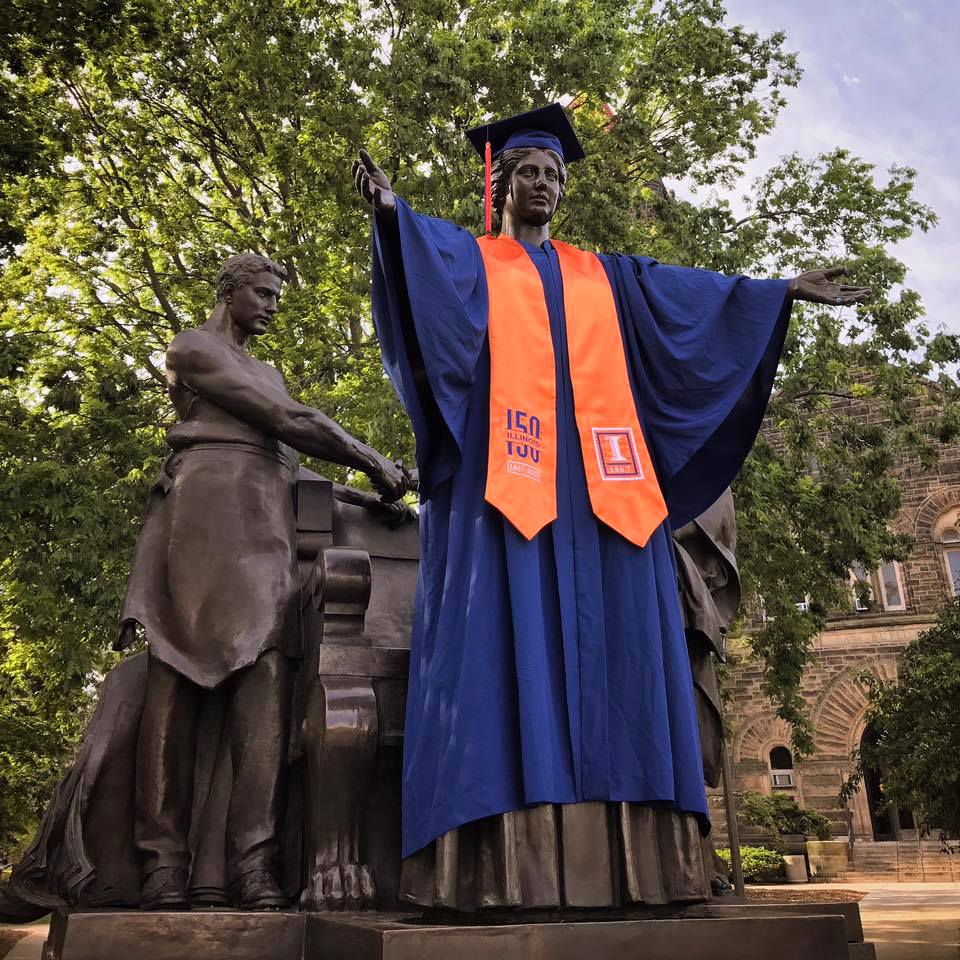Engineering Mechanics
Engineering Mechanics (EM) allows students to combine a love of engineering with a passion for mathematics, physics, computation, and other sciences. While the student experience also includes applied topics and lab classes, the EM program places strong emphasis on a scientific approach, with a foundation of math and physics classes, followed by courses in statics, dynamics, mechanics of solids, mechanics of fluids, continuum mechanics, mechanics of materials, computational mechanics, and engineering design.
Students can also focus their studies through a secondary field. Secondary fields are often built around a student’s long-term career interests, integrating their Engineering Mechanics curriculum with another area of specialization. Secondary fields come in two varieties, pre-approved or customized.
In all, there are seven pre-approved secondary field options:
- Biomechanics
- Computational Mechanics
- Engineering Science and Applied Mathematics
- Experimental Mechanics
- Fluid Mechanics
- Mechanics of Materials
- Solid Mechanics EM
Students with special interests can work with their faculty advisors to personalize their own secondary field.
- MATH 221—Calculus I
- MATH 231—Calculus II
- PHYS 211—University Physics: Mechanics
- PHYS 212—University Physics: Electricity & Magnetism
- CS 101— Introduction to Computing: Engineering & Science
- TAM 195—Mechanics in the Modern World
- TAM 211—Statics
Students should consult with an academic advisor regarding course selection prior to the advanced registration period.
The versatile problem-solving abilities of EM graduates serve them well in all walks of life. About half of EM graduates continue their education in graduate school, and about half take positions in industry. EM students who continue into graduate school find themselves well prepared for graduate work in a wide range of studies—from medicine to materials science. The Engineering Mechanics program produces science-based engineers prepared to solve challenging, technical problems in aerospace, biomedical, automotive, manufacturing, product development, petrochemical, energy, nanotechnology, heating and air condition, water treatment, software, robotics, consulting, and research applications.
- Communicate effectively
- Design and conduct experiments
- Ability to use advanced computational tools
- Knowledge of contemporary issues
- Problem solving
- Teamwork
- Understanding of technology
- Understanding of the impact of engineering solutions in a global and societal context
- Mechanical Engineer
- Aerodynamics Engineer
- Automotive Engineer
- Structural Engineer
- Design Engineer
- Machinery Engineer
- Process Engineer
- Packaging Engineer
- Manufacturing Engineer
- Robotics Engineer
- Safety Engineer
- Project Manager
- Technical Consultant
- Graduate Teaching/Research Assistant
- Patent Lawyer
Some careers may require education beyond an undergraduate degree.
- Participate in Mechse Research: http://mechanical.illinois.edu/research
- Applying for a study abroad experience
- Utilizing resources of Engineering Career Services and Engineering Career Services
- Joining a Registered Student Organization (RSO) related to this major, such as:
- Society for Experimental Mechanics: offers social and academic enrichment for students interested in theoretical and applied mechanics.
- Other professional organizations that Engineering Mechanics students participate in can be found on mechse.illinois.edu/student-experience.
There are several professional organizations dedicated to Engineering Mechanics. Their websites might be able to provide a glimpse in the world of Engineering Mechanics. These organizations include American Institute of Physics and ASME.
View the Engineering Mechanics Brochure or the MechSE Departmental Brochure for more Information.
MechSE Undergraduate Programs Office – temporary location 152 Computer Applications Building 605 East Springfield Ave. Champaign, IL 61820. Phone: (217) 333-0366 Email: mechse-undergrad@illinois.edu


